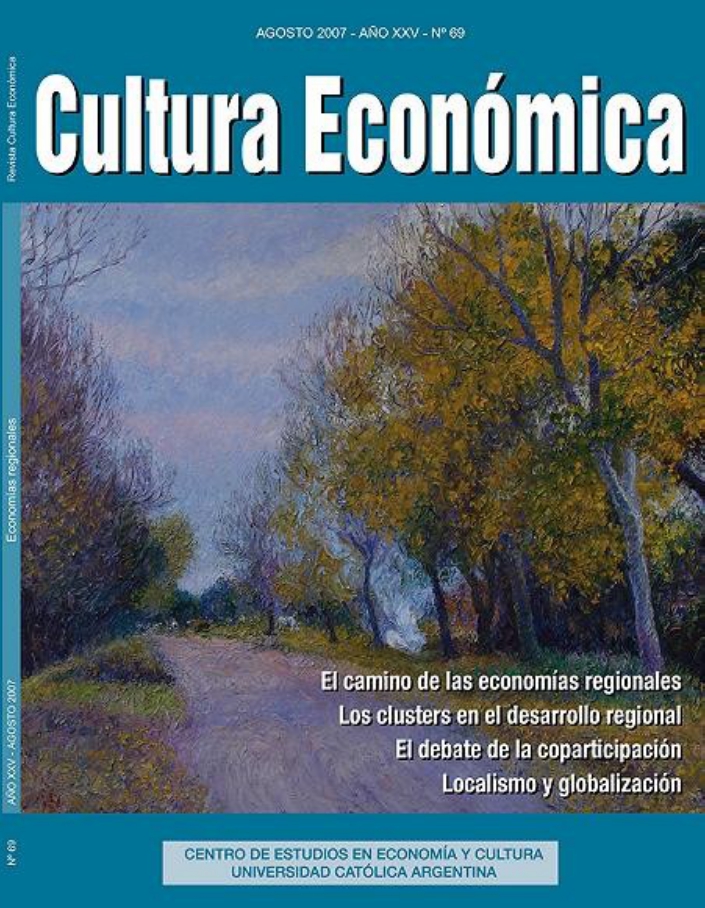Federal tax co-participation: a proposal to exit of the current gibberish
Keywords:
national constitution, taxation model, potential and real tax collection, federal fiscal organismAbstract
Difficulties to match the political organization of a country with its economic activity become evident in the formulation of its tributary model and particularly in the methods of allocation of its common fiscal resources. In Argentina, the criteria to solve these conflicts have not been the result of an optimizing economic analysis; nor have they been made aiming to overcome regional imbalances. Rather, they have consolidated the status quo, responding to emergency generated disputes. On the other side, there is the risk of proposing solutions
of apparent simplicity and mutual responsibility which imply severe difficulties regarding legal and managing implementation that may generate new asymmetries and conflicts. In this article, the author proposes the elaboration of models of fiscal allocation which harmonize legal technique with economic reality and pursue fairness, efficiency and the responsibility of the actors involved.
Downloads
References
Constitución de la Nación Argentina, arts. 75 y 121.
Jarach, Dino (1978), Finanzas Públicas, Editorial Cangallo, Bs.As.
Martín, José María (1980), Derecho Tributario Argentino, Ediciones Cima, Bs.As.
Due, John y Ann F. Friedlaender (1977). Análisis Económico de los Impuestos y del Sector Público. El Ateneo, Bs.As.
Lascano Marcelo R. y Víctor S. Groppa (1974), Boletín DGI Nº 250.
Groppa, Víctor S. (1996).”El modelo tributario y su marco económico”, Cuarto Congreso Tributario, Consejo Profesional de Ciencias Económicas de la Capital Federal, Mendoza.
Downloads
Published
How to Cite
Issue
Section
License













